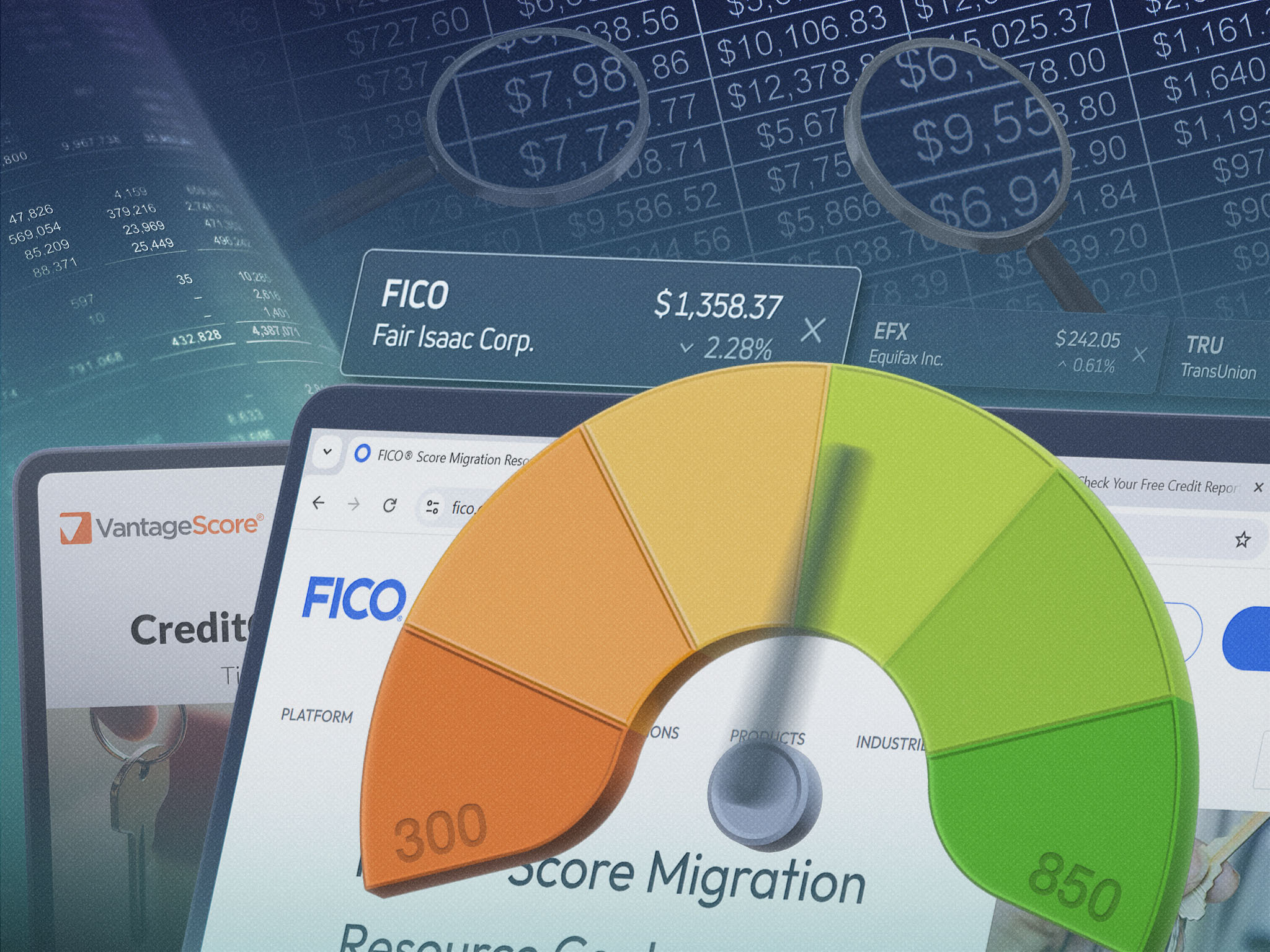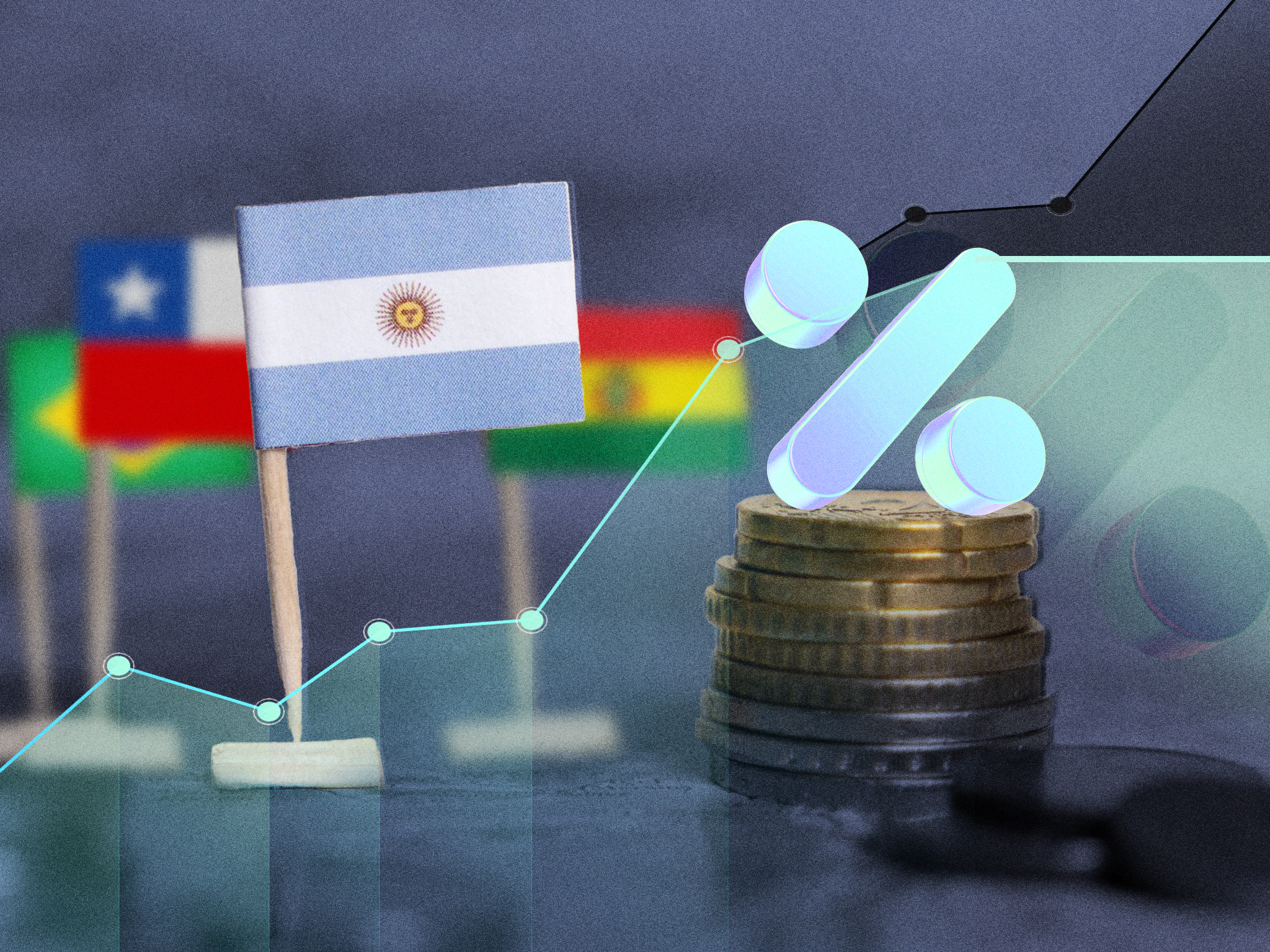Fair Isaac (NYSE: FICO), the credit analytics juggernaut founded 70 years ago by engineer William Fair and mathematician Earl Isaac, has seen its stock hit the skids in recent weeks. But it’s unclear how much trouble the company itself faces.
The stock has plunged 39% since May 19. On May 21, Federal Housing Finance Agency (FHFA) Director Bill Pulte blasted FICO’s price increases in recent years for credit scores used in mortgage applications. In particular, he cited last year’s 41% hike to $4.95 from $3.50 per score in mortgage originations.
Then Pulte announced on July 8, 2025, that Fannie Mae and Freddie Mac would immediately begin accepting VantageScore 4.0 as an alternative to FICO for mortgage underwriting. VantageScore, founded in 2006 by credit bureaus Equifax (NYSE: EFX), Experian and TransUnion (NYSE: TRU), is a much smaller competitor of FICO.
A hefty 90% of top mortgage lenders use FICO. And mortgage-related scores account for 15% to 30% of FICO’s revenue, according to artificial intelligence service Grok. The market for FICO outside of mortgages is bigger of course. A whopping 99% of all FICO Scores are purchased by customers outside the mortgage market.
FICO’s ties with the big three credit bureaus
FICO has quite an interesting relationship with the Equifax, Experian and TransUnion. It is their customer, their vendor, and their competitor. FICO buys credit information from the three bureaus, and then uses its customized algorithms to create a consumer’s FICO score. That’s the famed number, generally between 300 to 850, which often determines whether someone gets a loan.
Once FICO compiles the scores, it charges the bureaus a royalty for their sales of the scores to lenders. FICO doesn’t sell scores directly to lenders. Through their VantageScore venture, the bureaus compete with FICO in trying to sell their information to lenders.
Over the years, FICO has essentially owned the mortgage market when it comes to credit scores, allowing it to raise the credit-score fee to more than eight-fold from 60 cents in 2018 to $4.95 now. Lenders were willing to accept the increases because they could pass the cost along to borrowers as part of application fees.
Presumably VantageScore charges less than FICO, but its prices aren’t public. Even if it does charge less, there’s no guarantee that mortgage lenders would shift from FICO. It would be complicated, as many different players in the mortgage eco-system need to be on the same page, using the same credit score. That includes consumers, lenders, regulators, investors, mortgage insurers and more.
FICO has strong earnings
So lenders might be willing to pay up for FICO. Also, the presence of a new competitor may push FICO to lower its prices.
One thing is clear: FICO is making a lot of money. Revenue soared 20% in the quarter ended June 30 from a year earlier, to $536 million. And profit jumped 44% to $182 million.
The company’s near-monopoly status has generated stupendous stock returns. Even after its recent drop, FICO shares have returned 31.1% annualized over the past 10 years, more than double the S&P 500’s 13.7% return.
The stock is arguably still overvalued, trading at 37.3 times forward earnings, far above the S&P 500’s ratio of 22.2. It’s priced like an artificial intelligence stock.
If FICO can keep firing on all cylinders, that valuation may prove to be fair. But if VantageScore is able to eat away its market share, FICO may have more trouble ahead.









Comments